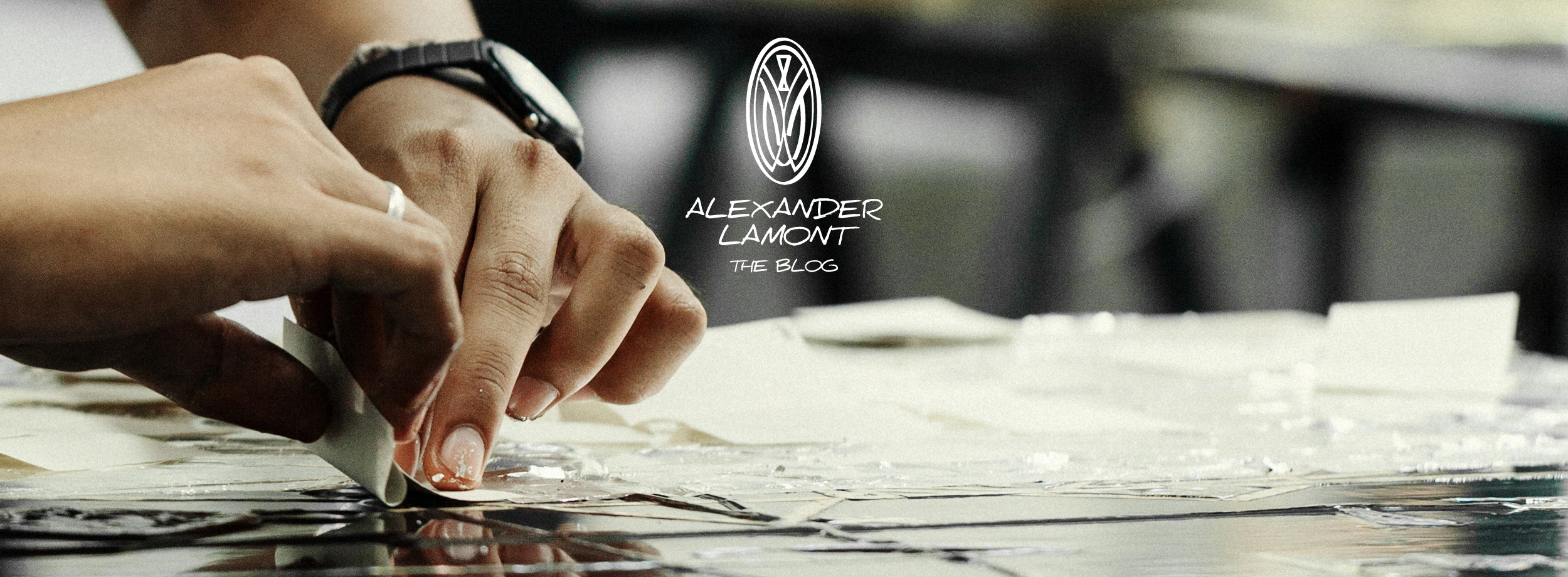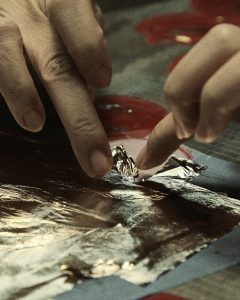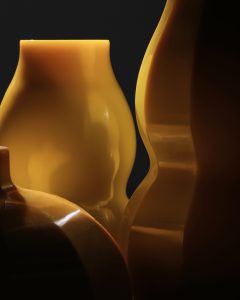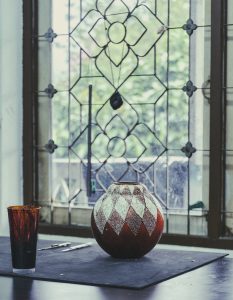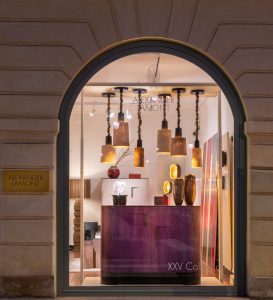Straw marquetry is suddenly in vogue. After decades in the relative shadows of the decorative arts, it is today finding a much stronger place in great interior projects as its unique lustrous and reflective surface quality brings a sense of craftsmanship, artistry and quality from traditional to minimal spaces. This material turns a wall, niche, cabinet or table into a shimmering, textured and alluring presence in the room.
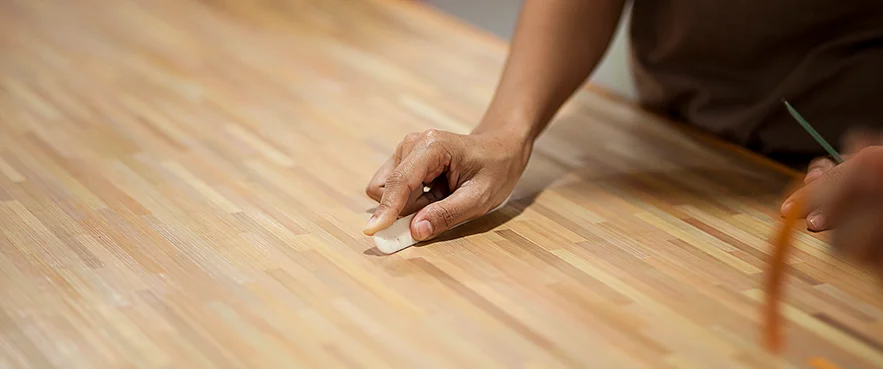
Alexander Lamont – Straw Marquetry in a Unique Workshop
Alexander Lamont has worked with straw since 2005 and is now the largest producer in the world – able to make a wide variety of straw finishes in his workshops often to tight deadlines. Twice a year 3-4 tons of raw straw are imported from France – which remains the best place for harvesting marquetry-quality rye straw – and processed entirely in-house. The straw is washed after the husk is removed. Dye batches are small so that they can maintain consistency and avoid the lines, blotching and other issues often caused by large-batch dyeing. Next the straw is dried, split and ironed turning every piece into a glowing ribbon of colour and light. The marquetry process itself is just one part of the chain and if you visit the Lamoni workshops you will be enthralled by the sense of quiet attention as fields of shimmering straw are created to the soft accompaniment of Thai music. Thailand has been a wonderful place to work with straw given the centuries of craft traditions still so evident there.
Innovation and Design – Contemporary Ideas in Straw
Despite loving the classic lines and sunbursts that were first used by Jeon-Michel Fronk and Andre Groult in the 1920’s, over the fifteen or so years Alex has been working with straw his main interest has been to innovate. Many of the finishes he now produces have been born from long efforts in the studio.
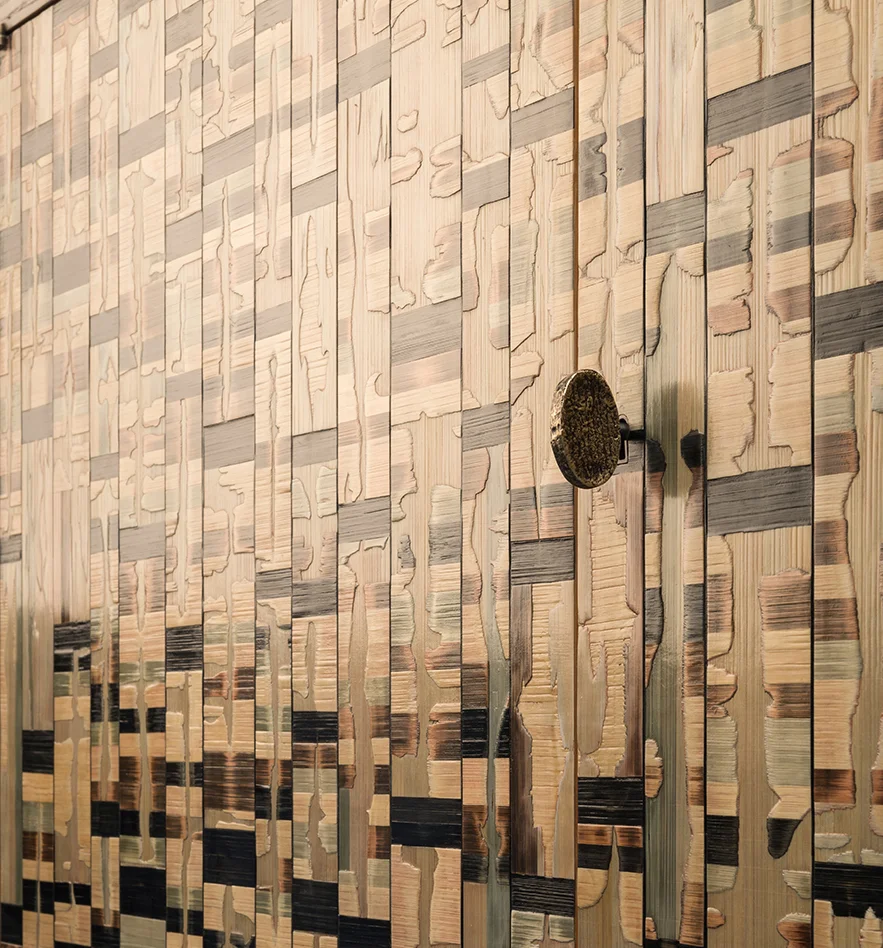
One example of these innovations was a finish developed in 2012 – gilded straw. Precious metals that have been hammered into gold and silver leaf are so thin that they are almost transparent. In themselves they do not shine – its what is underneath that is important, so Lamont lets the wonderful natural polish of the straw shine through while still keeping the natural colour along-side the metal. Silver oxidizes over time, pure gold is bling for walls so finally two finishes were developed; Mercury gold – a special alloy with a beautiful contemporary gold tone, and later Argento – a precious silver that does not darken or green over time. The results have been some of his most successful finishes and have been used in flagship stores of luxury fashion brands and also in private homes where this incredible reflective straw ‘mirror’ brings light and iridescence to space.
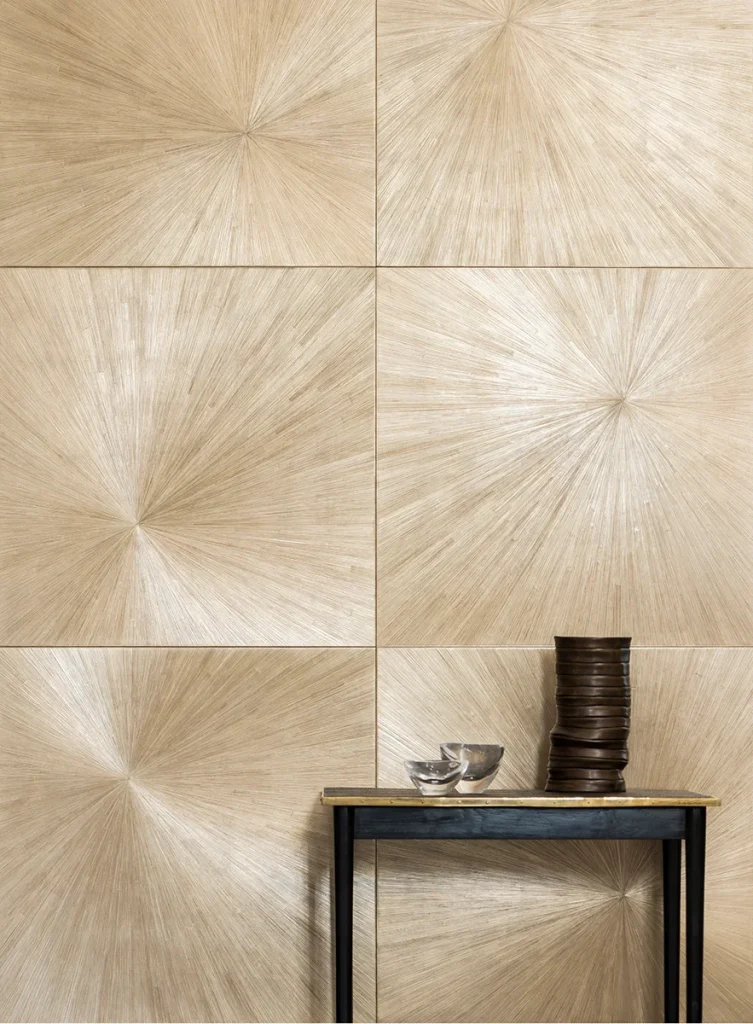
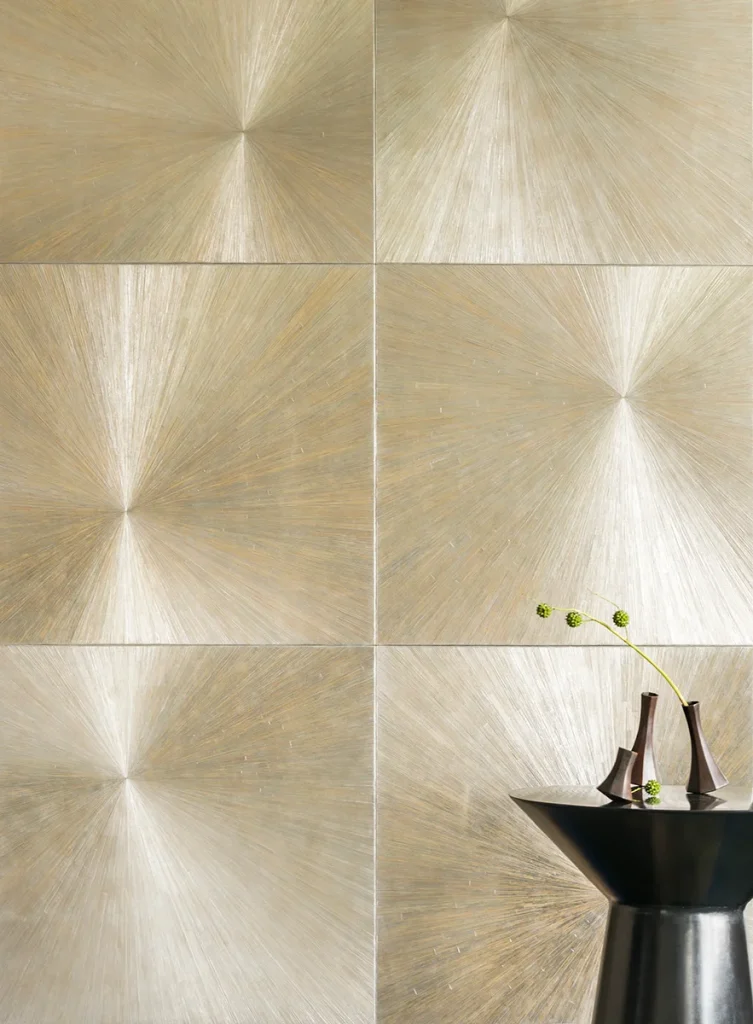
Another example of design with straw by Alexander Lamoni is the use of other materials to inlay into straw such as shell and copper as in the Prism cabinet from Alexander’s Intarsia Collection launched in Milan last spring or the Meso boxes launched in 2018 in London. The latest collection – Peninsula – introduces Embers straw, where the straw is burned and abraded through different sections to show layers that create a wonderful sense of depth.
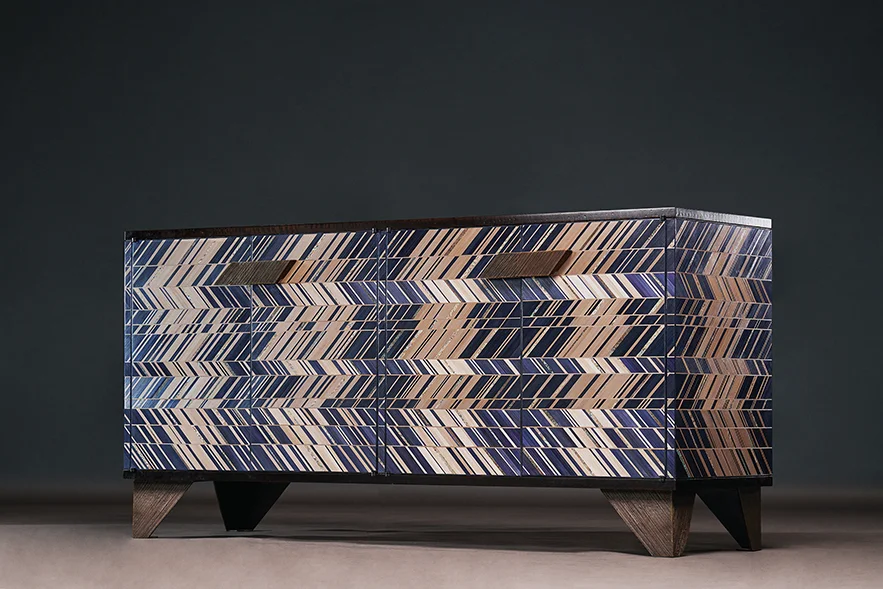
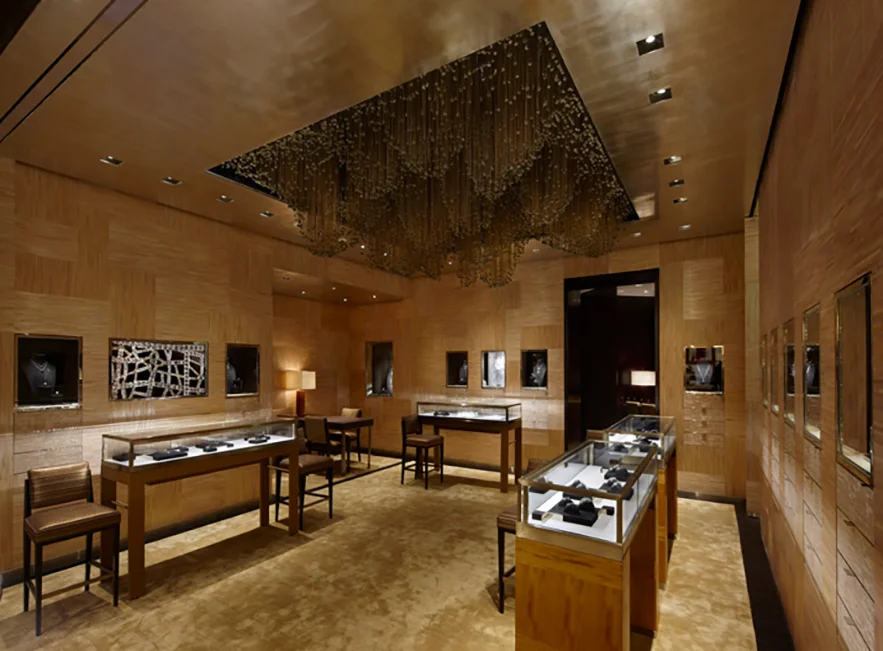
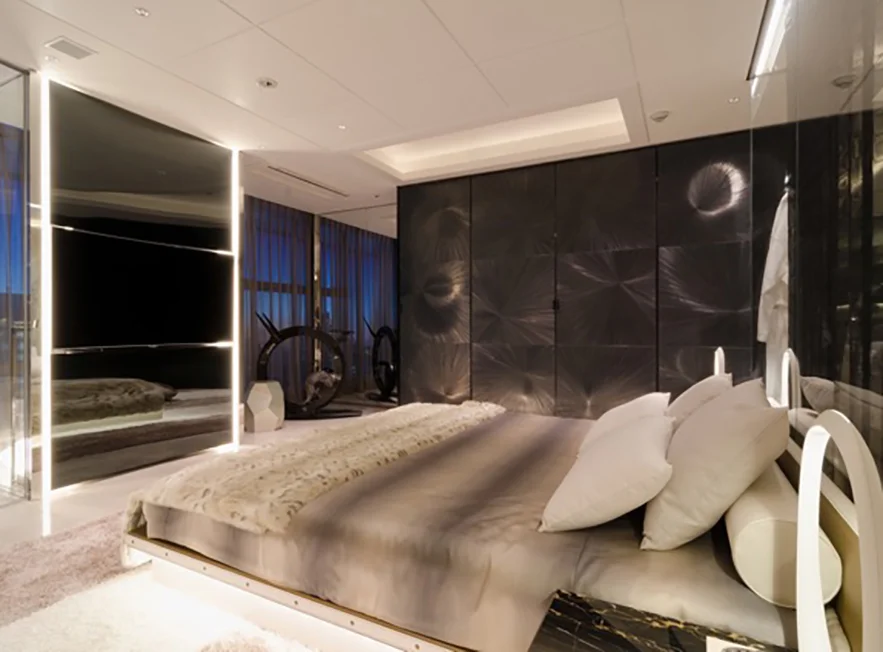
Today the Lamont workshops have between 25-35 people working full-time on straw marquetry at any one time; the number varies as the artisans have been cross-trained in lacquer or eggshell or gesso to be able to move when other orders take priority. The projects come from all over the world and include hotels, private residences, private yachts and jets, corporate offices and store planning.
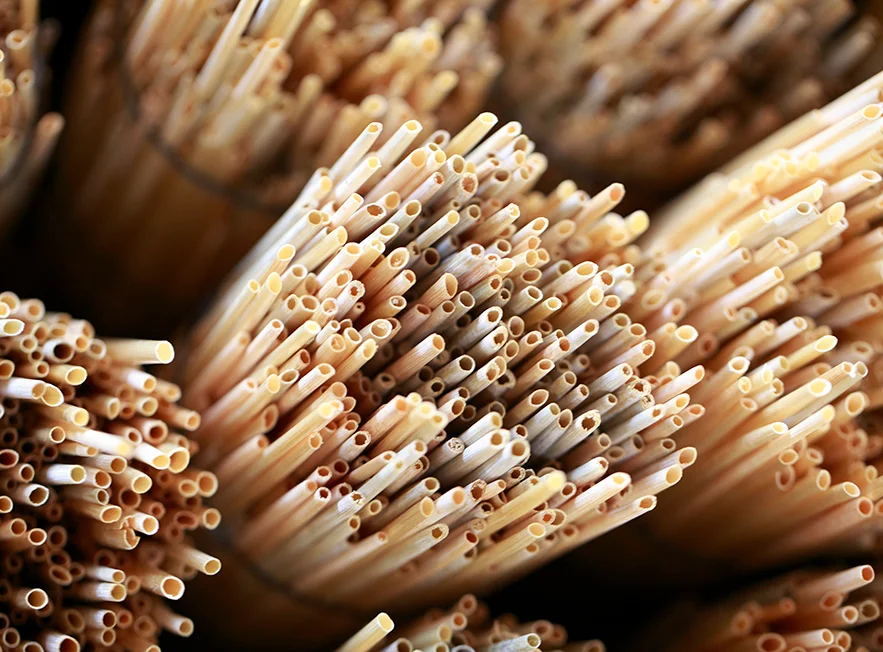
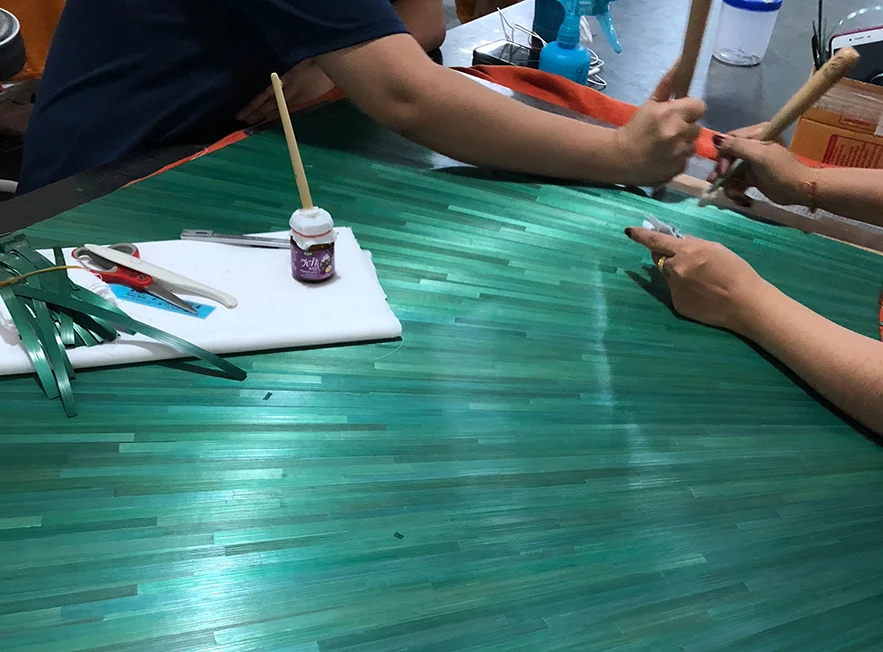
Straw Marquetry on the Walls
Since 2005 straw marquetry has been used in Lamont’s collections to make beautifully detailed furniture, mirror frames and lamp bases for the brand. The company has produced 1000’s of square meters of wall panelling in straw marquetry of every colour and pattern. In April 2014 Lamont launched the first ever ‘ready-to-install’ wall panel line as part of his Le Mur collection. This was in response to designers wanting to use straw but fearing the complexity of dimensions and fitting. In Milan 2018 he added a number of new designs to this collection including unique inlay methods incorporating the linearity of straw overlaid with precious metals and also vivacious curvilinear forms. The panels – (unless ordered custom) are applied in sizes of 30x30cm or 60x60cm and are easy to install.
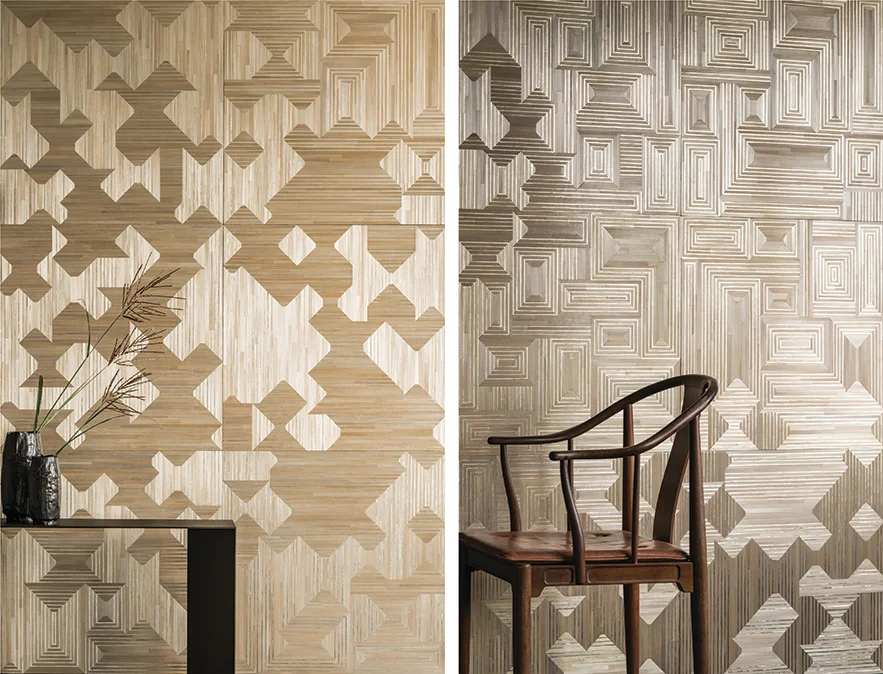
Straw -A Work of Quality and Sophistication
Straw is a subtle material that requires every person involved to work to the same colour palette, width of straw and strength of inlay. The material holds endless possibilities of pattern, tone and application. The process is entirely done by hand, and the workshop uses only hand tools and water-based adhesives and dye techniques that have been used for centuries. Enormous patience and quality control comes in the preparation of the straw and the final finish. The end result is a jewel-like luminous surface that plays with and reflects light and colour like no other material.
